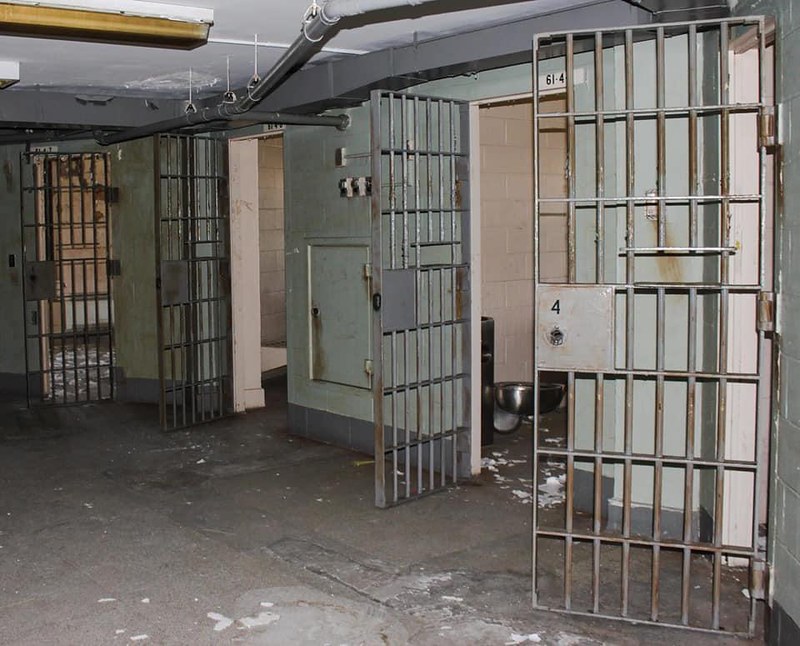Incarceration is at the root of many social problems in the Americas. In many ways, it is a problem in and of itself. In this article, we will explore some of the key ways in which it perpetuates systems of social inequality, specifically contrasting the United States and Argentina.
In the United States, incarceration rates are usually what immediately comes to mind in terms of prison as a public issue. Though it peaked around 2008 and has since started to decline, the United States still has the highest incarceration rate per capita in the world. The U.S. only contains about 5% of the world’s total population, yet 20% of the world’s prisoners are locked up in U.S. facilities (Wagner & Bertram, 2020). Increases in incarceration rates have been abundantly disproportionate to changes in violent and property crime rates, which peaked in the early 1990s and have declined substantially since.
While incarceration rates are slowly decreasing, prison sentences continue to become stricter, putting inmates behind bars for longer periods of time. Over the past few decades, policy changes have generally favored stricter rather than more lenient sentences. Scholars often attribute such policy changes to a cultural demand for “tough on crime” legislation. As such, policy makers try to outperform their opponents to win votes, resulting in excessive prison terms. Life sentences are currently at an all-time high. As of 2019, about 1 in every 7 prisoners were serving life sentences in the U.S. (Jackman, 2021).
These high incarceration rates and longer sentences are also problematic in the U.S. because they help perpetuate a system of racial inequality as people of color, especially Blacks and Latinos, are grossly overrepresented among the prison population. Though Blacks comprise about 12 of the U.S. population, and Latinos about 16 percent, Blacks occupy about 33 percent of the prison population while Hispanics make up about 23 percent (Gramlich, 2020). With prison time on their records, racial minorities face a harder time finding employment, applying for home loans, and even obtaining certain government benefits such as SNAP (Supplemental Nutrition Assistance Program-formerly known as “food stamps”).
Due to awareness campaigns, cultural shifts toward antiracism, and police reform measures, incarceration rates for Blacks and Hispanics have dropped substantially since 2006, but racial disparities still persist.
Similar to the United States, Argentina has also experienced a recent rise in incarceration. From 1997 to 2014, the country’s prison population essentially doubled (CELS, 2016). Every year since, incarceration rates have continued to rise. As such, inmates have become harder for prison staff to control, and resources for the inmates have become scarcer. One measure to address this problem has been issuing electronic bracelets in lieu of incarceration to convicted criminals over 50 years of age or with serious conditions.
Another measure to address prison overcrowding has been to house inmates in police stations instead of prisons. As these units are not humanely prepared to house such large populations, inmates suffer a number of health problems due to both overcrowding and a lack of appropriate medical care. HIV and tuberculosis are among the most common causes of death due in Argentina’s holding facilities.
Currently, Argentina does not have an accurate reporting system to measure the number of people deprived of their liberty. As such, incarceration rates may be even worse than data suggests. Alleged reports have suggested cases of torture and violence perpetrated against inmates leading in some cases to death. According to these accounts, such episodes are later reported as suicides.
Accordingly, it is necessary for the Argentine government to include in its agenda a policy punishing torture and an effective system of overpopulation control in prisons that holds life as paramount, and that prioritizes human dignity in its prison reform measures.
Abandoned Prison flickr photo by m0llyb00 shared under a Creative Commons (BY-ND) license

